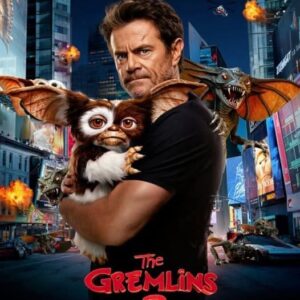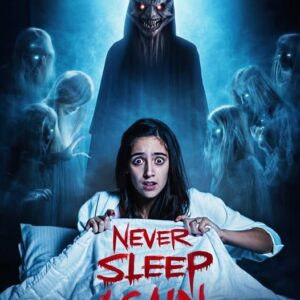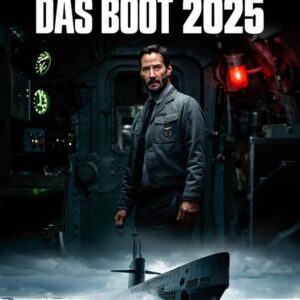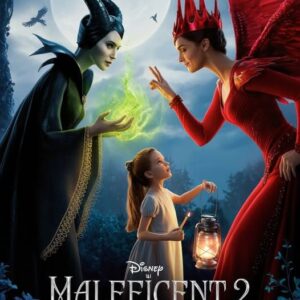They Look Like People (2015) is a chilling psychological thriller that masterfully blends horror, mental illness, and the complexities of human connection. Written and directed by Perry Blackshear, this low-budget horror movie delivers a gripping narrative through minimalist storytelling and powerful performances by MacLeod Andrews and Evan Dumouchel. In this movie review, we explore why this indie gem is a must-watch for fans of thriller movies and horror films on platforms like Netflix or PrimeVideo.

Plot Overview: A Descent into Doubt and Dread
The Premise of They Look Like People
The story centers on Wyatt, a man tormented by voices and visions that convince him a monstrous invasion is imminent. After escaping a failed engagement, Wyatt seeks refuge with his childhood friend Christian in New York City. As Wyatt’s paranoia grows—fueled by eerie phone calls and unsettling encounters—he begins to question whether those around him, including Christian, are still human. This horror movie builds tension through Wyatt’s unraveling perception, blurring the line between reality and delusion.
Why the Story Resonates
They Look Like People thrives on its emotional core: the fragile bond between two friends navigating personal struggles. Wyatt’s descent into paranoia and Christian’s battle with insecurity create a relatable, human story within the psychological thriller framework. At just 80 minutes, the film maintains a tight grip, making it a standout in indie horror for its ability to unsettle without relying on jump scares.

Themes of Mental Illness and Friendship
Exploring the Mind’s Fragility
The film’s portrayal of mental illness is both sensitive and unsettling. Wyatt’s hallucinations and paranoia reflect the isolating nature of psychological struggles, offering a nuanced take on horror that feels deeply personal. Perry Blackshear crafts a narrative that invites empathy, challenging viewers to question where fear ends and reality begins.





